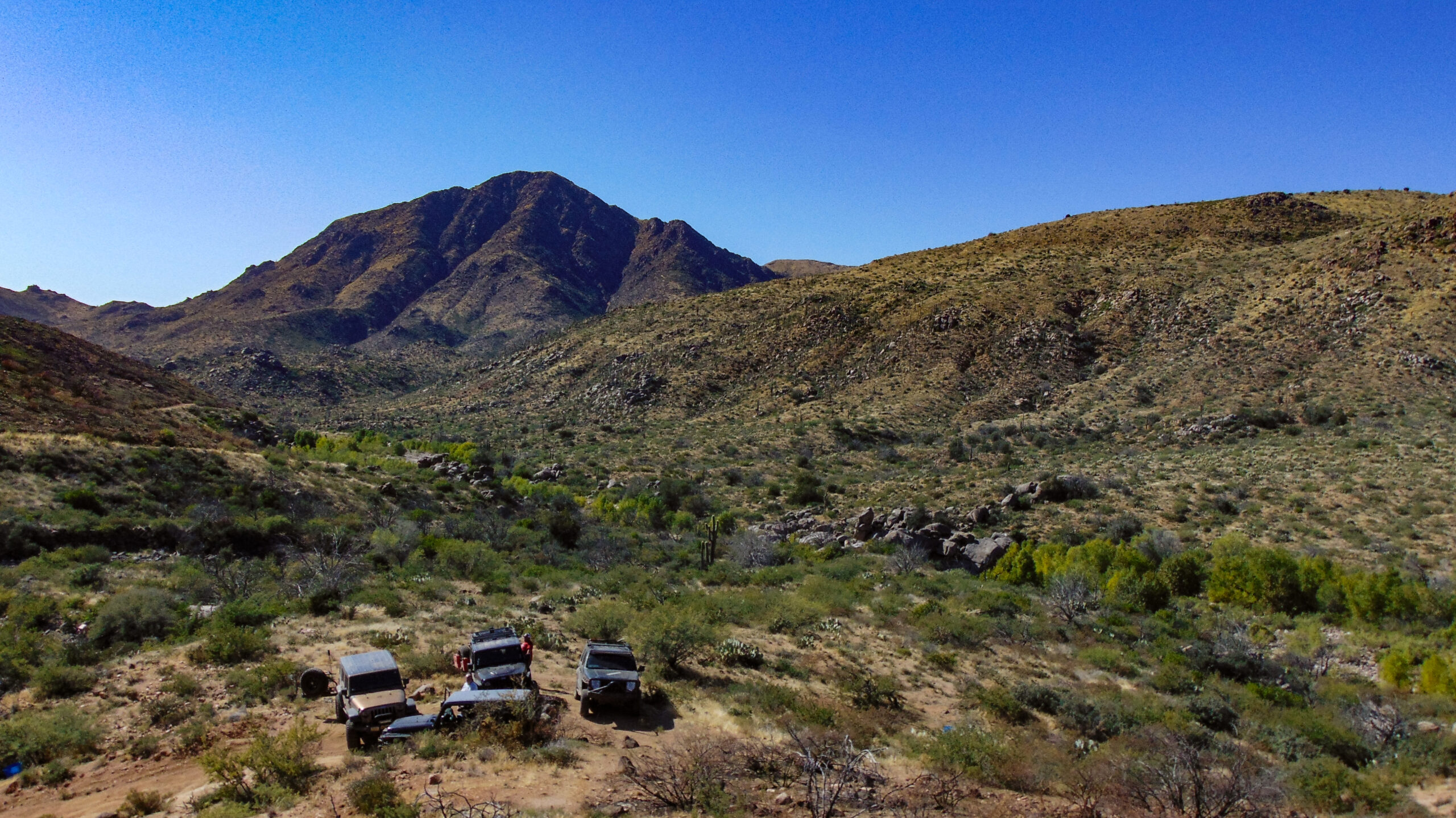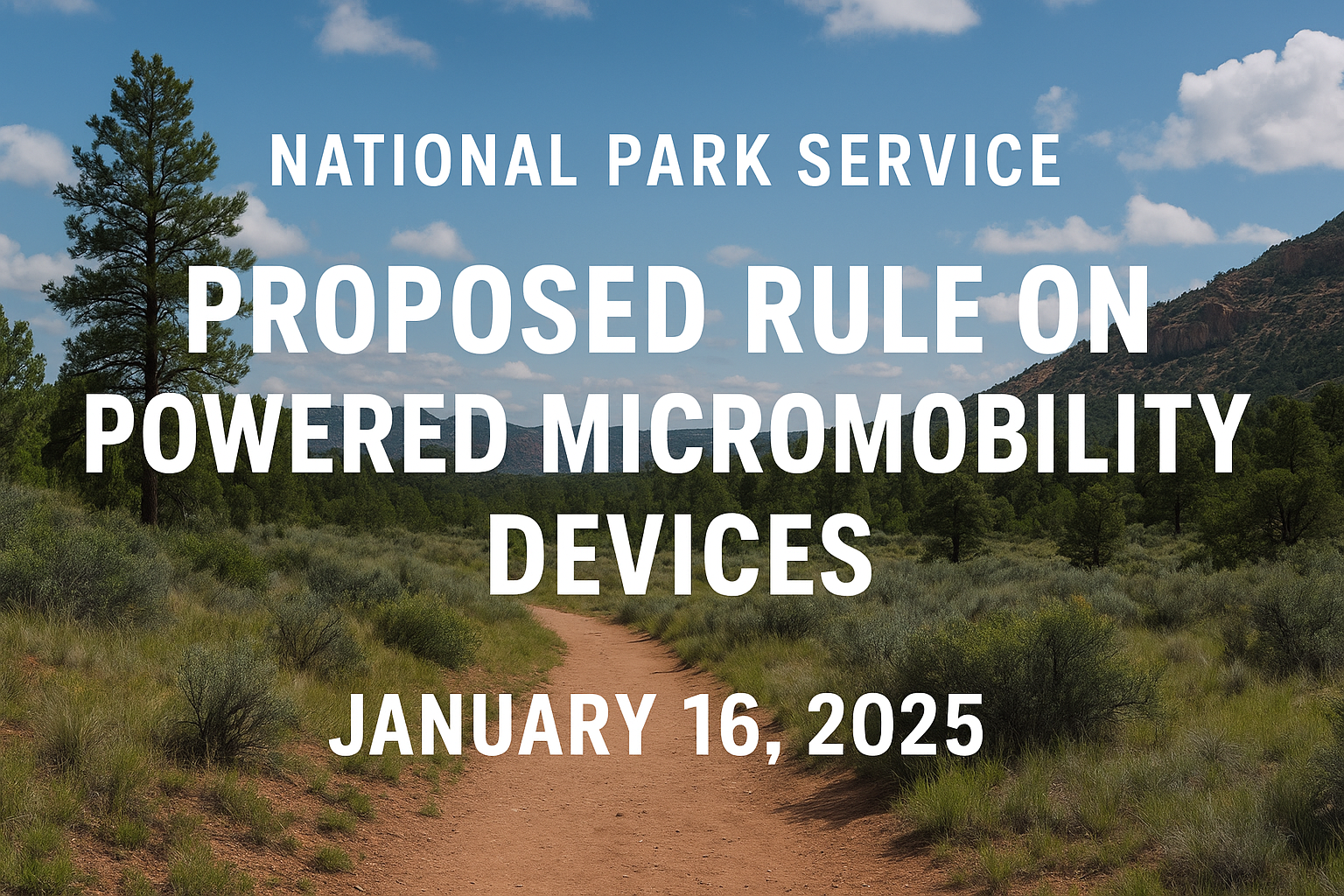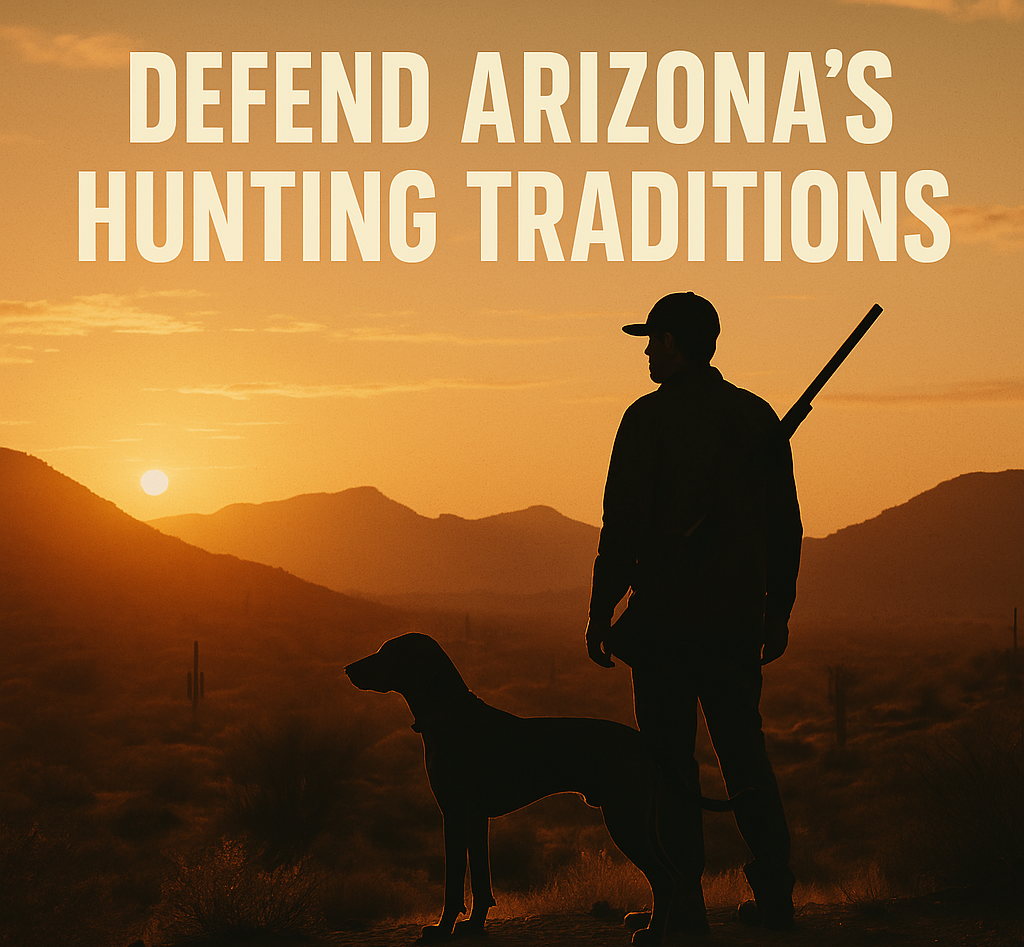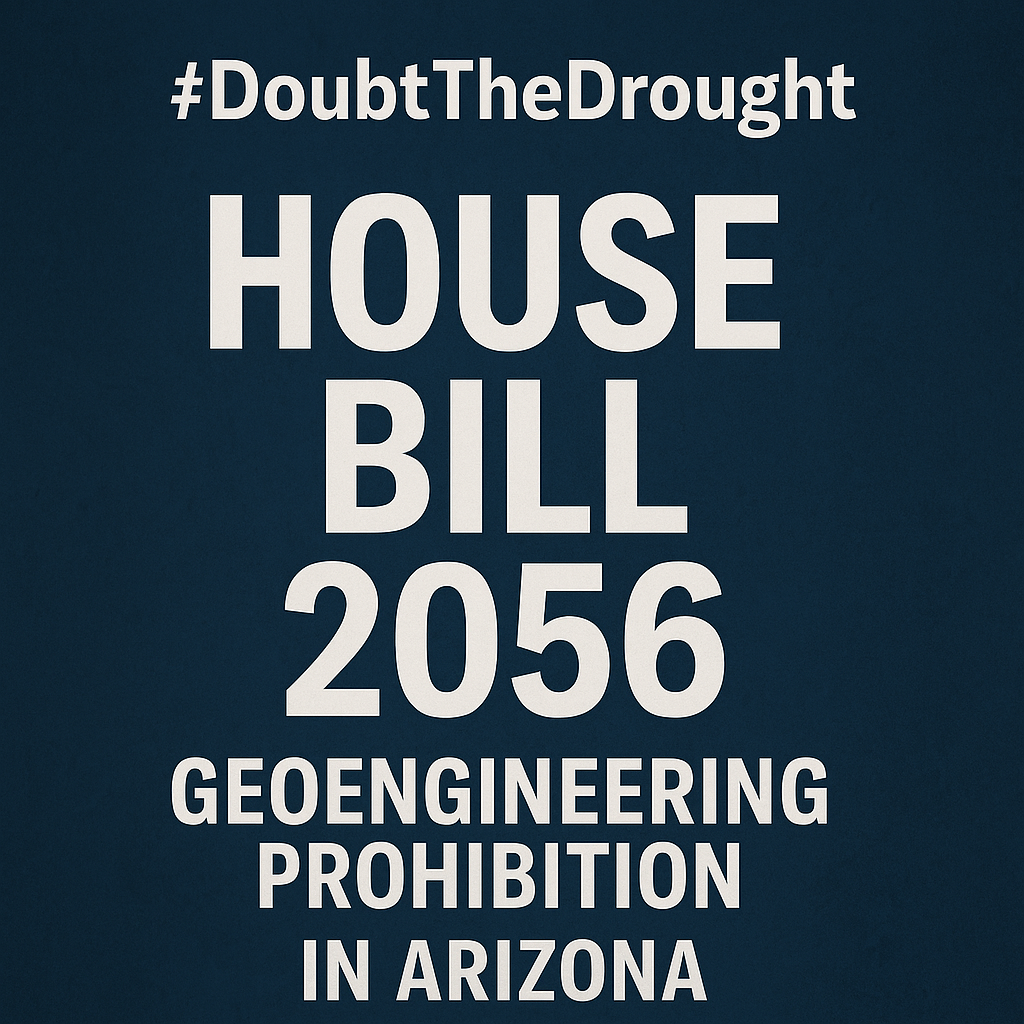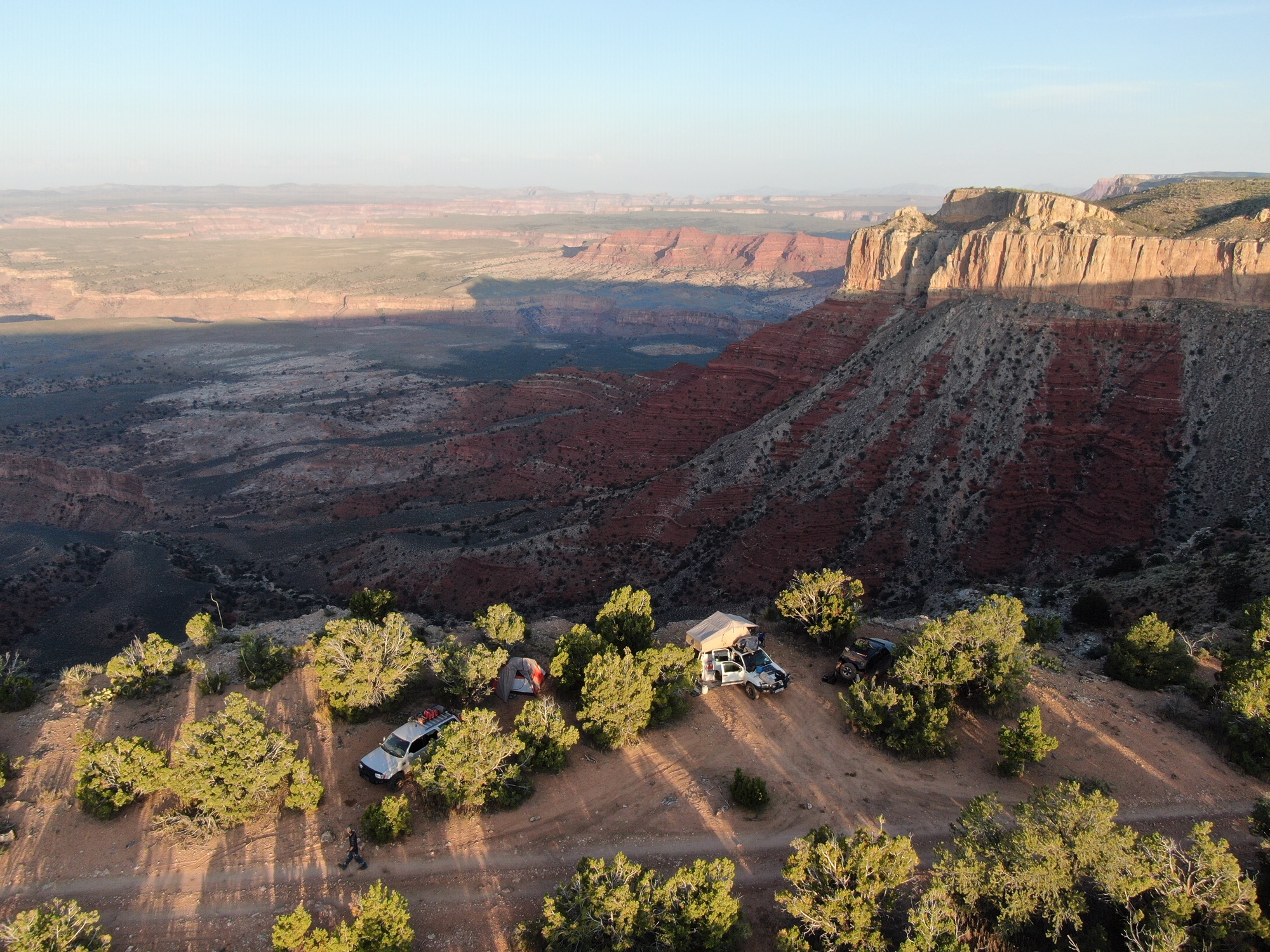New plan changes how the Tonto National Forest is managed
The Tonto National Forest has introduced a Draft Land and Resource Management Plan. The new plan will dictate how the Forest Service manages our public lands. This plan will directly affect how, where, and when you can access your public lands. Likewise, it will implement a whole slurry of regulations.

What do these changes include?
Closure of Forest Roads that cross rivers or unstable soil. (e.g., avoiding hilltops, ridges, riparian areas, and any route alignments with greater than 10% surface grade) to mitigate erosion and to promote sustainable design.
Prioritize decommissioning of roads that impact flow regimes, are redundant routes, cause mass movement of soils and sediment, are built within the riparian management zone, or have substantial negative impacts to at-risk species.
Bridges and transportation infrastructure found to serve as important habitats for at-risk species should not be demolished unless necessary for public safety.
Roads should be closed or impacts mitigated if geologic hazards (e.g., landslides, rockfalls, or flooding) or hazard trees occur.
Decommission at least 10 miles of motorized/non-motorized trails every 5 years that are deemed unsustainable, low-use, a hazard to public safety, or no remarkable destination value.
Decommission of recreation sites and campgrounds that are deemed unsustainable, low-use, a hazard to public safety or have no remarkable destination value.
Dispersed camping near cultural sites, sensitive species areas, and interpretive sites, and within 200 feet of trailheads is prohibited by closure order.
Closure of dispersed recreation sites where environmental damage is occurring and there are conflicts with other resources (e.g., riparian areas) desired conditions.
Where rock climbing is an appropriate recreational activity, permanent fixed anchors or bolts for rock climbing and rappelling should be allowed only by prior written authorization, if demonstrated impacts to at-risk species, scenic integrity, cultural resources, or user-conflict concerns have been communicated to the public, and there are no other safe means of descent available and the area is impassable by the use of removable anchors.
Permit systems and management areas requiring a fee for OHV areas, wilderness areas, and target shooting areas.
Implementing off-highway vehicle permit zones to increase public awareness and improve compliance in areas with high user conflicts or resource damage.
Plans of operation shall be required for all mineral operations that will likely cause significant disturbance of surface resources.
Abandoned mine features (e.g., adits, shafts, and stopes) should be closed unless they are determined to contain habitat for at-risk species or contain cultural resources. Gating should be considered an alternative to destruction in these instances.
A new management plan for the Salt River horses.
49 recommended wilderness areas; about 375,576 acres
20 recommended Wild and Scenic Rivers
5 proposed Botanical Areas
5 proposed Natural Research Areas
PUBLIC COMMENTING OPEN
Before submitting comments you must read the documents and learn about the changes.
The Draft Forest Plan shows the desired condition, objectives, standards, guidelines, and management approach for the way the Forest Service manages every aspect of the Tonto National Forest.
The 3 Environmental Impact Statements provide 4 alternatives to choose from. Alternative A is the NO ACTION alternative. Alternatives A, B, and C all work to achieve the desired condition highlighted in the Draft Forest Plan.
Please review the documents. In Particular, use the Table of Contents to view each subject that’s important to you. You will find everything I listed in the first section of this article. Pick the subject the effects you most, study it, and submit a factual comment.
Together, these documents are nearly 1500 pages. Start reading now, you have until March 12, 2020.
Read the Draft Forest Plan HERE
Read the Environmental Impact statementsVol. 1 HERE
Vol. 2 HERE
Vol. 3 HERE
COMPLETED DOCUMENTS
Draft Forest Plan
Draft Environmental Impact Statement Volume 1
Draft Environmental Impact Statement Volume 2
Draft Environmental Impact Statement Volume 3
Notice of Availability (NOA)
Species of Conservation Concern (SCC)
Preliminary Proposed Plan (PPP)
Wild & Scenic Rivers Eligibility Study
Wilderness Recommendation Process
Notice of Intent (NOI)
Needs to Change
Assessment
Forest Plan Revision Public Participation and Collaboration Strategy
Locations to View Hard Copy Documents:
Hard copies of the draft forest plan and the DEIS will be available to view at all Tonto National Forest offices as well as:
Payson Public Library, Payson, AZ
Isabelle Hunt Memorial Library, Pine, AZ
Globe Public Library, Globe, AZ
Young Public Library, Young, AZ
Tonto Basin Public Library, Tonto Basin, AZ
Superior Public Library, Superior, AZ
Apache Junction Public Library, Apache Junction, AZ
Miami Memorial Library, Miami, AZ
Red Mountain Library, Mesa, AZ
Desert Foothills Library, Cave Creek, AZ
Fountain Hills Library, Fountain Hills, AZ
If you would like to request a copy of the documents contact the plan revision team by email or by phone at 602-225-5200.
TIPS FOR DEVELOPING COMMENTS
Organize Thoughts
Comments should be clear, concise, and relevant to the analysis of the documents. Take the time to organize your thoughts so your comments are understood.
Identify the Why
Share your reasoning. Comments that are solution-oriented and provide specific examples will be most effective. Comments that contribute to developing alternatives that address the purpose and need for the action are also effective.
There is No Need to Duplicate
If you submitted comments during other Forest Plan Revision comment periods, you do not have to submit them again, as these comments have been captured.
Remember: Comments are not Votes
Commenting is not a form of “voting” on an alternative. The number of negative comments an agency receives does not prevent an action from moving forward. Numerous comments that repeat the same basic message of support or opposition will typically be responded to collectively.
Include your Name
Only those who have submitted substantive comments related to the Tonto National Forest plan revision during at least one of the public comment periods and have included a name and contact information will be eligible to file an objection under the 2012 rule objection process.
THINGS TO CONSIDER WHEN MAKING A COMMENT
Changes to Plan Components
The Tonto National Forest welcomes suggestions for changes to the wording of a specific plan component, suggestions for new or deleted plan components, or changes to the type of plan component. When making these suggestions, remember to include the “why”.
Changes to Management Areas
The Tonto NF welcomes changes to location, inclusion, or boundaries of a management area and why. Think about whether specific plan components should apply forest-wide or only to designated or management areas, and why.
Draft EIS
Comments on the environmental analysis in the DEIS, including the need for more clarity on the effects or recommendations of additional sources.
Values and On-The-Ground Work
What impact will the draft forest plan (or any of the alternatives in the DEIS) have on your values?
Monitoring of Desired Conditions
Help us identify which desired conditions will be the most important to monitor to determine if the plan is successful? What monitoring measures do you recommend? Do you have any specific sources of monitoring that can be used to monitor plan success?
SUBMIT AN ONLINE COMMENT HERE
MAIL COMMENTS TO
Tonto National Forest, Attn: Forest Planner
2324 E McDowell Rd
Phoenix, AZ 85006
Public Meetings
Open house public meetings (all between 5 pm – 8 pm):
The open house meetings will all take place between 5 pm – 8 pm at the locations listed below. There will be educational materials and resource specialists available at these meetings to answer questions and talk about different pieces of the draft forest plan and DEIS. These will be similar to previous rounds of open house meetings we have had throughout the plan revision process.
Mesa, AZ – January 8, 2020, Franklin Junior High School
Payson, AZ – January 9, 2020, Julia Randall Elementary School
Payson, AZ – January 22, 2020, Julia Randall Elementary School
Superior, AZ – January 23, 2020, Superior Junior/Senior High School
Cave Creek, AZ – February 5, 2020, Desert Foothills Library
Globe, AZ – February 6, 2020, High Desert Middle School
Public working days at Tonto National Forest offices (all between 11 am – 2 pm):
The public workings days will all take place between 11 am – 2 pm at the locations listed below. These meetings are informal and will be an opportunity to sit down with members of the planning team and discuss your thoughts on the draft forest plan and management of the forest. Additionally, these meetings offer the opportunity to bring specific questions to the planning team during the day in various locations in and around the forest.
Globe, AZ – January 8, 2020, Globe Ranger District Office
Cave Creek, AZ – January 10, 2020, Cave Creek District Office
Phoenix, AZ – January 16, 2020, Tonto National Forest Supervisors Office
Tonto Basin, AZ – January 22, 2020, Tonto Basin Ranger District Office
Mesa, AZ – January 23, 2020, Mesa Ranger District Office
Payson, AZ – January 30, 2020, Payson Ranger District Office
All-day technical partner meetings (both between 9 am – 4 pm):
Phoenix, AZ – January 29, 2020, 24th Street Conference Center
Phoenix, AZ ‐ February 25, 2020 (tentatively scheduled)
The technical partner meetings will both be all-day from 9 am – 4 pm. These meetings will be an opportunity to discuss the components of the draft forest plan and DEIS in more detail alongside Tonto National Forest leadership and resource specialists as well as other members of our forest communities. A draft agenda for these meetings is being developed and will be finalized shortly. These meetings will further build on the previous technical partner meetings we have held during the plan revision process.
The Tonto National Forest looks forward to collaborating with you throughout this process. For more information, please contact Kenna Belsky, Forest Planner, and the rest of the plan revision team by email or by phone at 602-225-5200.
